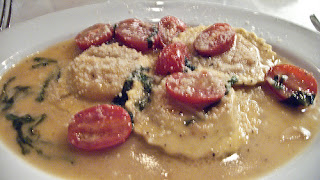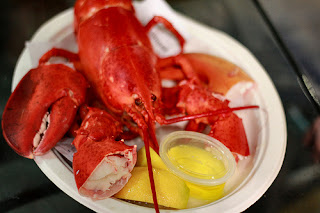In some
countries, rice is the staple food. In such cases, citizens of the said
countries rely on rice for nourishment. Since eating certain food type tends to
create monotony, diversified ways of rice preparation are advisable. In this
article, we are going to look at the standard water amounts used for different
types of rice.
Considering the
amount and the type of the rice to be cooked; measure 1 and ½ cups of water,
for every cup of rice. It’s a standard measure to wash the rice several times
in order to get rid of the preserving chemicals and contaminations. If you need
a soft and appealing texture, soak the rice in lukewarm water for about 15-30
minutes. Soaking is beneficial when one needs the rice to completely absorb
certain types of seasonings. Soaking
will ensure that the seasonings are not only on the rice’s coating but also
seeped past the rice walls.
The most
critical part which determines the taste of the rice is the amount of water to
be put. Basically, the amount of water used is relatively the same as the
number of cups of rice but exceeds by ½ of a cup. One can reduce or increase
the water from the standard requirement depending on the rice texture. The
following guidelines will direct you depending on the type of rice grain you
want to cook;
• For long grain
white rice, put 2 cups of water for every one cup of rice.
• For one cup of
medium white grain rice use 1 ½ cups of water.
• For one cup of
short grain white rice, use 1 ½ cups of water.
• For long grain
brown rice, use 2 ¼ cups of water.
• For parboiled
rice, use two cups of water.
If the water
measuring directives above doesn’t yield satisfactory results, one can always
add smaller portions of water to get satisfactory results. Another factor that may
cause deviated results of the measured water is the origin of the rice, growing
conditions and the preservation methods used. For instance, rice grains dried
by the use of sunlight tend to use less water in comparison to rice dried by
the use of electric power. It’s also advisable to add salt before setting the
rice grains in cookers such as Aroma
rice cooker & steamer for better absorption. In order to reduce
the cooking time, it’s also advisable to set the progress checking intervals to
long, this ensure that energy concentrated in the pressurized vessel is not
wasted.



